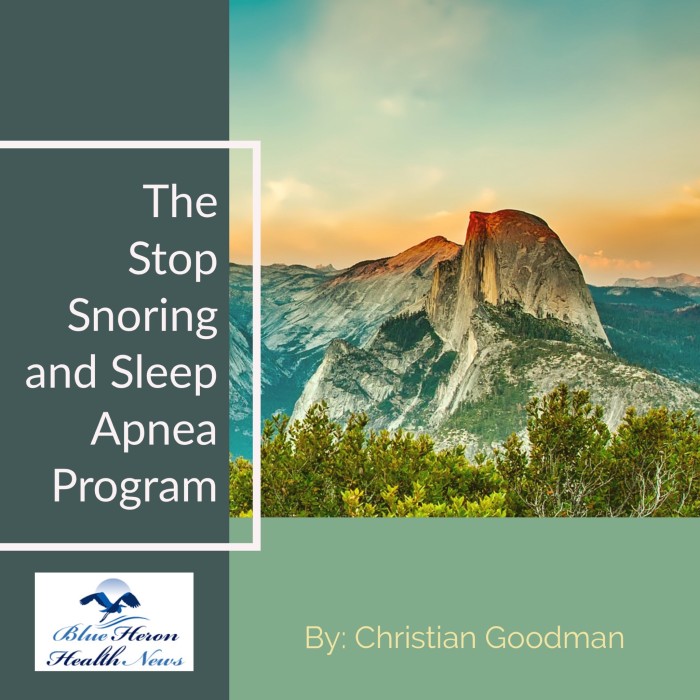
The Stop Snoring And Sleep Apnea Program™ By Christian Goodman f you have been suffering from snoring and sleep apnea and you are looking for permanent, cost effective and natural solution then The Stop Snoring and Sleep Apnea Program will help you. All strategies given have been tested and proven to work.
What are the stages of Parkinson’s disease?
Parkinson’s disease progresses through five distinct stages, each characterized by increasing severity of symptoms and a decline in motor and non-motor functions. Here’s an overview of these stages:
Stage 1: Mild Symptoms (Early-Stage Parkinson’s)
- Symptoms:
- Mild symptoms are present, typically affecting one side of the body (unilateral symptoms).
- Tremors, slight changes in posture, facial expressions, or walking may be noticeable.
- Impact:
- Symptoms are often subtle and do not significantly interfere with daily activities.
- The person can function independently.
- Treatment:
- Early medication (e.g., levodopa) may be introduced, and lifestyle modifications such as exercise can be beneficial.
Stage 2: Symptoms Worsen (Bilateral Involvement)
- Symptoms:
- Symptoms become more pronounced and affect both sides of the body (bilateral symptoms).
- Tremors, stiffness, and slowness of movement (bradykinesia) are more evident.
- Impact:
- Daily activities become more challenging but are still manageable.
- Balance remains relatively unaffected, though posture may worsen.
- Treatment:
- Medications are typically prescribed to control symptoms, and physical therapy may be introduced to maintain flexibility and movement.
Stage 3: Mid-Stage Parkinson’s (Postural Instability)
- Symptoms:
- Balance issues and postural instability become more noticeable.
- Movements are significantly slower (bradykinesia), and falls may become more common.
- Impact:
- Tasks such as dressing, eating, and walking become harder to perform without assistance.
- The individual can still live independently but with greater effort.
- Treatment:
- Adjustments in medication and physical therapy are important for managing symptoms.
- Occupational therapy may be introduced to help with daily tasks.
Stage 4: Severe Symptoms (Significant Disability)
- Symptoms:
- Severe motor symptoms, including difficulty walking, standing, and maintaining balance.
- Muscle rigidity and slowness of movement are significantly worse.
- Impact:
- Daily living becomes heavily impaired, and the person usually requires help with most activities, including personal care.
- Walking may require assistive devices such as a walker.
- Treatment:
- Medications may provide less consistent symptom control, and surgical interventions like deep brain stimulation (DBS) may be considered.
Stage 5: Advanced Parkinson’s (Severe Disability)
- Symptoms:
- Severe motor symptoms lead to an inability to stand or walk independently.
- The person may be confined to a wheelchair or bedridden.
- Non-motor symptoms, such as cognitive decline, hallucinations, or dementia, may become prominent.
- Impact:
- The individual is fully dependent on others for care and support in daily activities.
- Quality of life is significantly reduced, and around-the-clock care is often required.
- Treatment:
- Palliative care and supportive therapies are prioritized to manage symptoms and improve comfort.
Summary of Parkinson’s Disease Stages:
- Stage 1: Mild, unilateral symptoms, no significant interference with daily activities.
- Stage 2: Bilateral symptoms, more noticeable but manageable without balance issues.
- Stage 3: Balance problems emerge, daily activities require more effort.
- Stage 4: Severe disability, daily assistance needed.
- Stage 5: Advanced disability, requiring full-time care and possible cognitive decline.
Each person with Parkinson’s may progress through these stages at different rates, and symptoms can vary widely, with early intervention and management helping improve quality of life.
The Stop Snoring And Sleep Apnea Program™ By Christian Goodman f you have been suffering from snoring and sleep apnea and you are looking for permanent, cost effective and natural solution then The Stop Snoring and Sleep Apnea Program will help you. All strategies given have been tested and proven to work.